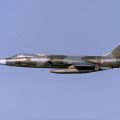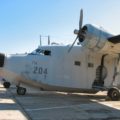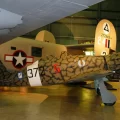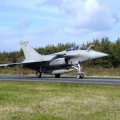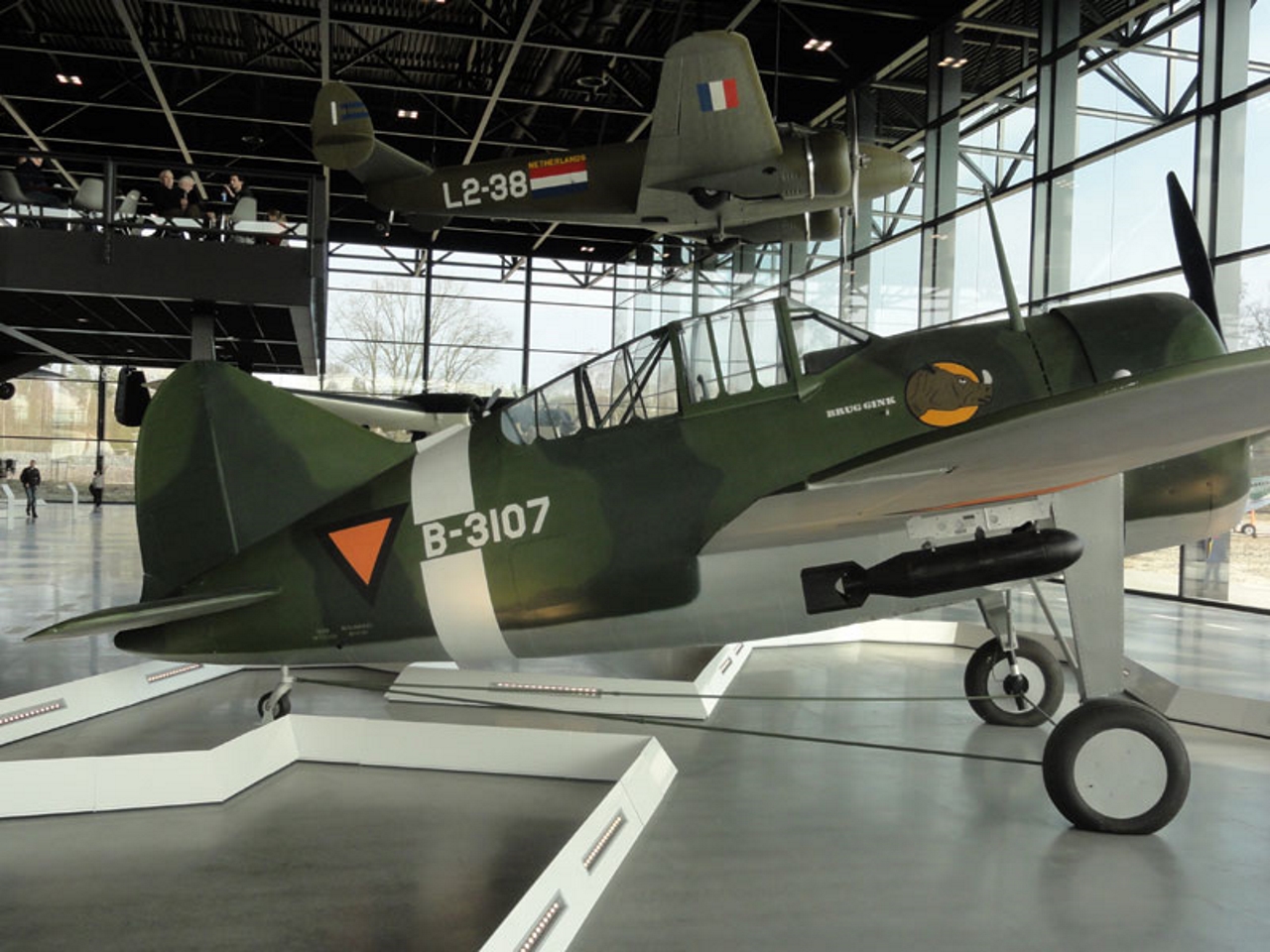
Brewster F2A Buffalo | |
|---|---|
| Country | USA |
| Role | Fighter aircraft |
| First flight | 2 December 1937 |
| Built | 509 |
The Brewster F2A Buffalo was an American fighter aircraft which saw service early in World War II. Designed and built by the Brewster Aeronautical Corporation, it was one of the first U.S. monoplanes with an arrestor hook and other modifications for aircraft carriers. The Buffalo won a competition against the Grumman F4F Wildcat in 1939 to become the U.S. Navy’s first monoplane fighter aircraft. Although superior to the Grumman F3F biplane it replaced and the early F4Fs, the Buffalo was largely obsolete when the United States entered the war, being unstable and overweight, especially when compared to the Japanese Mitsubishi A6M Zero
| Brewster B339C Walk Around | |
|---|---|
| Photographers | Meindert de Vreeze |
| Localisation | Unknow |
| Photos | 37 |
See also:
The Brewster F2A Buffalo was an American fighter aircraft that saw service in the early years of World War II. It was one of the first monoplane fighters to enter service with the US Navy, and was also used by several other countries, including Finland, Britain, and the Netherlands. The Buffalo was designed by Brewster Aeronautical Corporation, a company that had no previous experience in building fighter planes. The Buffalo had a low-wing cantilever monoplane configuration, with a retractable landing gear and an enclosed cockpit. It was powered by a single Wright R-1820 radial engine that drove a three-bladed propeller. The Buffalo had a maximum speed of about 300 mph (480 km/h) and a range of about 1,000 miles (1,600 km). The Buffalo was armed with four 0.50 in (12.7 mm) machine guns, two in the nose and two in the wings.
The Buffalo was initially intended to be a naval fighter, but it soon became apparent that it was outclassed by the Japanese Zero and other enemy aircraft. The Buffalo suffered heavy losses in the Pacific theater, where it earned the nickname “flying coffin” from its pilots. The Buffalo was also used by the British Commonwealth forces in the Mediterranean and Southeast Asia, where it fared slightly better against less advanced opponents. The most successful user of the Buffalo was Finland, which used it against the Soviet Union in the Winter War and the Continuation War. The Finnish pilots nicknamed the Buffalo “Taivaan helmi” (Sky Pearl) and achieved an impressive kill ratio of 26:1 with it. The Buffalo was eventually replaced by more modern fighters such as the Grumman F4F Wildcat and the Curtiss P-40 Warhawk. The Buffalo is considered to be one of the worst fighters of World War II, but also one of the most historically significant ones.
Views : 5270








